P RAISE FOR G ERALD A STOR AND A B LOOD -D IMMED T IDE
Original... Evocative... Brilliant.Publishers Weekly
Skillfully weaves personal accounts with historic narrative to create a gripping story... will no doubt take its place as a classic.The Record (Troy, N.Y.)
An absorbing book, fascinating for its first-person detail.Richmond Times-Dispatch
A VIVID ACCOUNT... sheds new light on and fleshes out events... a marvelous job.The Times Record (Wichita Falls, Tex.)
A compelling, effective contribution to World War II history.Daily Press (Newport News, Va.)
IN THEIR OWN WORDS, THE TERROR THAT WAS THE BULGE!
ATTACK!
They kept coming as though immune to death. I was firing blindly, without thinking or looking through the sights. In my terror-stricken seizure I continued to fire in the general direction of the swarming sea of terror, the huge mass of bodies charging toward me. It was as though the entire hillside was alive...Pvt. Harry F. Martin, Jr., 424th Infantry Regiment, 106th Divison
PINNED DOWN AT ST.-L
The intensity of those barrages, the shells screaming through the air, the piercing sound when one came in close, I cannot forget.... It was terrifying to hear the screams of those hit... Medic! Medic! Thats when I would become enraged and think only of getting back at them, kill the bastards!Pvt. Arnold Albero, Task Force Hogan, 3rd Armored Divison
P.O.W.
My guard was a young German soldier with a burp gun. Both of us had rolled under a halftrack for protection. He was lying on his gun with its muzzle pointed at me. I dont know if he had his finger on the trigger or not. But I was able to get my knife free.Capt. Glen Strange, 27th Armored Infantry Battalion, 9th Armored Divison
Also by Gerald Astor
The Mighty Eighth: The Air War in Europe as Told by the Men Who Fought It
A Blood-Dimmed Tide: The Battle of the Bulge by the Men Who Fought It
Operation Iceberg: The Invasion and Conquest of Okinawa in World War II
A Blood-Dimmed Tide
The Battle of the Bulge by the Men Who Fought It
Gerald Astor

DUTTON
Published by the Penguin Group
Penguin Group (USA) LLC
375 Hudson Street
New York, New York 10014

USA | Canada | UK | Ireland | Australia | New Zealand | India | South Africa | China
penguin.com
A Penguin Random House Company
Copyright 2015 by Gerald Astor
Originally published by Dutton, a divison of Penguin Group (USA), in 1992, and reprinted by Dell Publishing, a division of Random House, Inc., in 1993.
Penguin supports copyright. Copyright fuels creativity, encourages diverse voices, promotes free speech, and creates a vibrant culture. Thank you for buying an authorized edition of this book and for complying with copyright laws by not reproducing, scanning, or distributing any part of it in any form without permission. You are supporting writers and allowing Penguin to continue to publish books for every reader.
DUTTONEST. 1852 and DUTTON are registered trademarks of Penguin Group (USA) LLC
ISBN 978-0-698-40497-7
While the author has made every effort to provide accurate telephone numbers, Internet addresses, and other contact information at the time of publication, neither the publisher nor the author assumes any responsibility for errors or for changes that occur after publication. Further, the publisher does not have any control over and does not assume any responsibility for author or third-party websites or their content.
Version_1
In the memory of the men who drowned in that bloody surge, those who resisted it and to the special breed that seeks to prevent its reoccurrence.
ACKNOWLEDGMENTS
I AM GRATEFUL TO all of the survivors among the former GIs listed on , for their cooperation and answers to my interviews, letters and telephone calls. I am also indebted to them for the use of their diaries, journals, memoirs, letters and clippings.
I am also obliged to Maj. Gen. George Ruhlen, past commander of the 3rd Field Artillery Battalion, John Kline of the 106th Division Association and editor of The Cub of the Golden Lions, Saul Solow of the 30th Infantry Division, Dave Pergrin of the 291st Engineer Combat Battalion Association, Charles Hammer of the 285th Field Artillery Observation Battery Association and Wayne Pierce of the 325th Glider Association for locating individuals.
Eric Fisher Wood III and Pam Wood were helpful in obtaining material on Lt. Eric Wood, Jr., as was his widow Meg Bayless, his friend Ted Kiendl and his college classmate Dick Crook.
Moira MacDonald Queen furnished me with details on her late father, Charles MacDonald.
The staff of the Archives Branch of the U.S. Army Military History Institute, Carlisle Barracks, Pennsylvania, under Dr. Richard J. Sommers, efficiently directed me to valuable materials. I drew from Archives copies of an unpublished manuscript by Charles La Chaussee of the 517th Parachute Battalion, an oral history contributed by Major General William Desobry of the 10th Armored Division and the Ethint seriesinterrogations of German officers Jochen Peiper, Friederich von der Heydte, Otto Skorzeny and Sepp Dietrich. More official material came from the U.S. Army Center of Military History and the National Archives in Washington, D.C.
John Bauserman was kind enough to share with me documents he collected on war crimes attributed to German soldiers. Prof. James Weingartner of the University of Southern Illinois and author of Crossroads of Death, a book on the Malmdy Massacre, furnished additional information on war crimes by soldiers.
Jean Milmeister, curator of Cercle dtudes sur la Bataille des Ardennes, at Tuntange, Luxembourg, and who with his associates created the Monument of the Unknown GI in Clervaux, provided me with interviews he had conducted.
Ralph Hill supplied copies of his correspondence with various individuals involved in the Battle of the Bulge.
George Winter provided information, photographs and maps.
Clark Archer lent photographs from the archives of the 517th Parachute Regiment Combat Team Association.
Small excerpts have been drawn from an unpublished manuscript by Charles La Chaussee; from an unpublished book, I Was No Hero by Harry Martin and from Voices from the Foxhole by Dorothy Chernitsky (Uniontown, Pa.: Dorothy Chernitsky, 1991).
Quotations from Company Commander by Charles MacDonald (New York: Bantam Books, 1979) by permission.
PREFACE
E ARLY IN THE MORNING of December 16, 1944, as a winter-paled dawn reluctantly crept from its bed, a hilly, wooded section of land known as the Ardennes began to bleed again. Twice before in the past thirty years, this turf, largely belonging to Luxembourg and Belgium along the German border, had been the avenue for savage attack. Then it had been the native people who had bled. But now in December, American GI blood soaked the ground and hundreds of thousands of young Americans lost their innocence.
The attack by the forces of Nazi Germany swiftly pierced the U.S. defenses, creating a forty-mile-wide, sixty-mile-deep bulge in the U.S. lines. The Battle of the Bulge soon pitted 600,000 American soldiers and perhaps 50,000 British against the Third Reichs 550,000. What made the Bulge special was that within the span of about a six-week campaign, it featured the major components of warfare, the double-edged sword of technology, the collection and use of intelligence, the best and worst of strategy and tactics, the products of military training and experience.

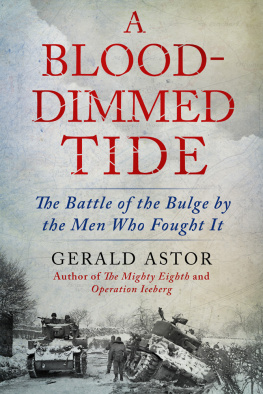
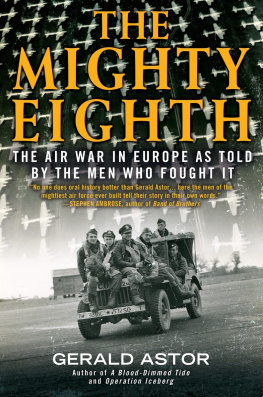


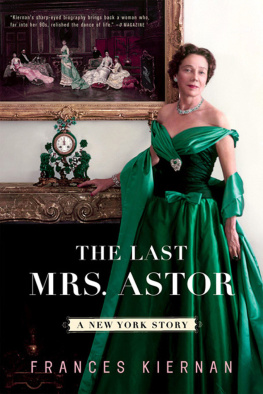


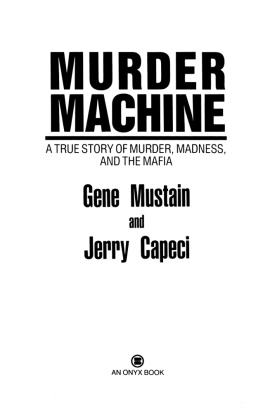
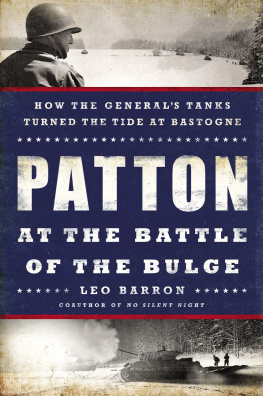
![Harry Turtledove - Worlds that werent : [novellas of alternate history]](/uploads/posts/book/79050/thumbs/harry-turtledove-worlds-that-weren-t-novellas.jpg)




